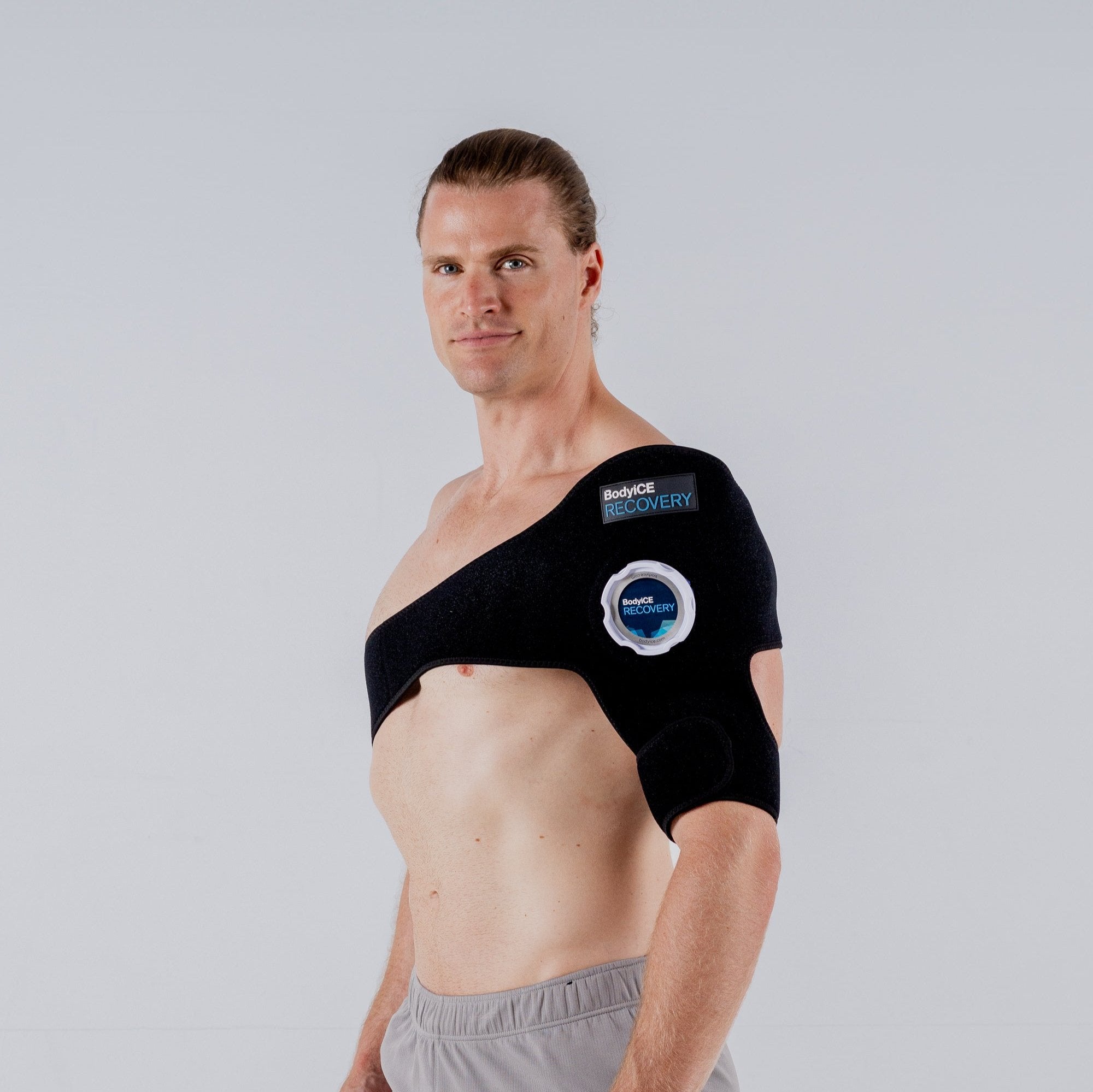Understanding ACL Tears
ACL (anterior cruciate ligament) tears are one of the most common knee injuries, particularly among athletes. Understanding the causes, symptoms, and surgical treatment options for ACL tears can help individuals make informed decisions about their health and recovery process.
Causes of ACL Tears

ACL tears typically occur during activities that involve sudden stops, changes in direction, or direct impacts to the knee. Common causes include:
Sports Injuries: High-risk sports like soccer, basketball, football, and skiing often involve movements that put stress on the ACL.
Improper Landing: Landing awkwardly from a jump can strain or tear the ACL.
Sudden Stops: Rapid deceleration, common in sports, can cause ACL tears.
Direct Collisions: A direct blow to the knee, such as in a tackle, can result in an ACL tear.
Symptoms of ACL Tears

Recognizing the symptoms of an ACL tear is crucial for early intervention. Common symptoms include:
A Loud "Pop": Many individuals report hearing a popping sound at the time of injury.
Severe Pain: Immediate, intense pain in the knee that makes it difficult to continue activity.
Swelling: Rapid swelling within hours of the injury.
Instability: A feeling of the knee "giving way" or instability, especially when bearing weight.
Loss of Range of Motion: Difficulty fully bending or straightening the knee.
ACL Injuries in Female Athletes

ACL injuries are more common in female athletes due to several factors, including anatomical differences, hormonal influences, and neuromuscular control. Women typically have a wider pelvis, which can affect knee alignment and increase the risk of ACL tears.
Additionally, fluctuations in estrogen levels can impact ligament laxity, making the ACL more susceptible to injury. Studies also suggest that differences in muscle strength and activation patterns between genders contribute to the higher incidence of ACL injuries in female athletes. Understanding these risk factors is crucial for prevention and tailored treatment approaches.
Non-Surgical Treatment Options
For some individuals, non-surgical treatment may be appropriate, especially for those with less active lifestyles or partial tears. Non-surgical options include:
Physical Therapy: Strengthening the muscles around the knee can help stabilize the joint.
Bracing: Wearing a knee brace can provide additional support and prevent further injury.
Activity Modification: Avoiding activities that put strain on the ACL can prevent further damage.
Surgical Treatment Options

Surgical intervention is often recommended for ACL tears, especially for athletes or individuals with active lifestyles. The two primary surgical options are ACL reconstruction and ACL repair.
ACL Reconstruction
ACL reconstruction is the most common surgical treatment for ACL tears. It involves replacing the torn ligament with a graft, which can be taken from:
Patellar Tendon: A section of the patellar tendon is often used due to its strength and similar structure to the ACL.
Hamstring Tendon: The hamstring tendon can also serve as a graft, offering a less invasive alternative.
Cadaver Tissue: Allografts from cadaver donors are sometimes used, particularly in older or less active patients.
ACL Repair
ACL repair, while less common than reconstruction, is an option for certain types of tears. This procedure involves reattaching the torn ligament to the bone. It's typically only suitable for tears that occur near the ligament's attachment to the bone and in younger patients with less damage to the ligament.
Decision-Making Process
Choosing the most appropriate surgical approach depends on several factors:
Age: Younger, more active individuals often benefit from reconstruction.
Activity Level: Athletes and those with physically demanding jobs may require a more robust solution like reconstruction.
Type of Tear: The location and severity of the tear influence the decision.
Personal Preferences: Patient preferences and lifestyle considerations play a significant role.
Recovery and Pain Relief

Recovery from ACL surgery involves a structured rehabilitation program to restore strength, stability, and range of motion. Pain management is a critical aspect of recovery. BodyICE Recovery products, designed for pre and post-surgery pain relief, can be highly beneficial during this phase. The ice packs provide targeted cold therapy to reduce inflammation and alleviate pain, whilst the neoprene straps provide comfortable compression and mobility.
Tips for Recovery
Follow Your Rehab Plan: Stick to the rehabilitation exercises prescribed by your physical therapist.
Rest and Ice: Use BodyICE Recovery packs regularly to manage pain and swelling.
Stay Positive: Recovery can be challenging, but maintaining a positive mindset is crucial.
Gradual Return to Activity: Avoid rushing back into high-intensity activities; give your body time to heal.
Understanding ACL tears, their causes, symptoms, and the surgical treatment options available is essential for anyone dealing with this common injury. Whether opting for ACL reconstruction or repair, informed decision-making and effective pain management, such as using BodyICE Recovery products, can significantly impact the recovery journey. Always consult with a healthcare professional to determine the best treatment plan for your specific needs.













Leave a comment
All comments are moderated before being published.
This site is protected by hCaptcha and the hCaptcha Privacy Policy and Terms of Service apply.